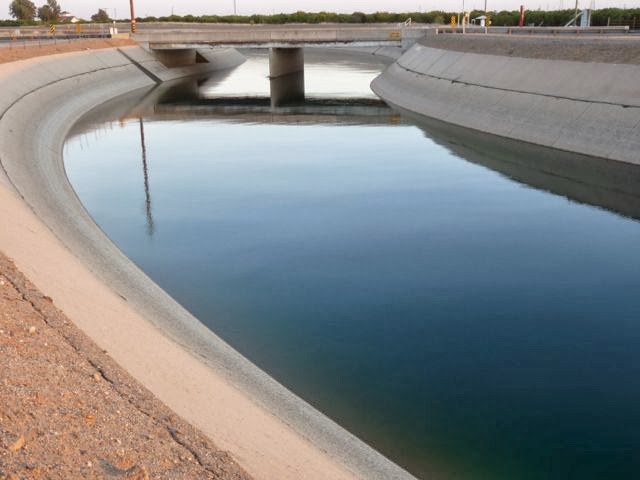CDFA INTRODUCES DROUGHT INFORMATION WEB PAGE
CDFA “DROUGHT RESOURCES” Website For Info And Assistance Programs
CDFA has developed a drought resources web page, which is intended to be a central location for information about the drought in California and assistance programs available to farmers, ranchers and farmworkers. The web site is also available in Spanish.
The page features links to the USDA’s Risk Management Agency, the Farm Services Agency, the Natural Resources Conservation Service, and Rural Development. There is also a link to the US Small Business Administration. All of these groups have programs that could be of help to farmers and ranchers harmed by the drought.
Additionally, there is a link to the California Department of Community Services and Development, which partners with private, non-profit, government and community-based organizations working to help low-income individuals and families. The partners include four regional migrant and seasonal farmworker agencies that can help with rental assistance, employment services, and food and nutrition services.
Additional information, including updates on state and federal resources, will be provided as it becomes available.
The web page builds on efforts already underway at CDFA to support California’s drought response. The agency is working with federal and state agencies to plan a number of farmer and farmworker forums on assistance programs; it will continue to work with California food banks to address drought-related impacts; and it is working with the University of California to develop a real-time assessment of drought impacts in farming and ranching communities.


















